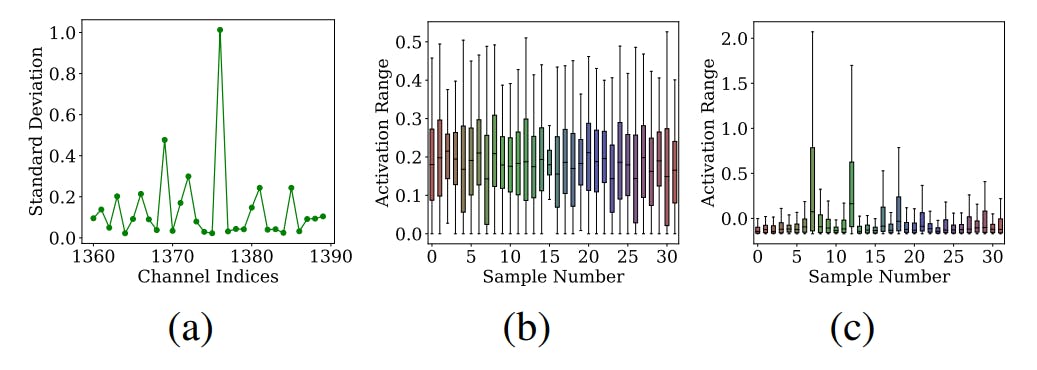The game has changed when it comes to the types of content that rank and perform well in search: the format that delivers the clearest, fastest answer wins. When users ask questions now, Google’s AI Overview might display a video walkthrough, a data visualization, or a calculator before it shows a single blue link.
AI-driven search has redefined visibility. Static, text-heavy pages are disappearing, while formats that combine utility and experience are setting the new standard for attention.
This article breaks down which content formats are winning in AI search, why they outperform traditional blog posts, and how to make them part of your marketing strategy without starting from scratch.
Contents
Why traditional content is losing ground
Let’s look at some of the recent data:
- Search Engine Land claims that only 40% of US Google searches now result in a click on an organic listing (down from 44% the year before).
- Zero-click searches rose to 27%, and when AI Overviews appear, users are far less likely to click any link at all.
- A Pew Research survey found that 58% of US Google users encounter AI summaries in their results, and most stop there. Google itself reports that 5 billion people use AI Overviews monthly, making the overview (not your page) the primary destination for answers.
That shift has pulled the ground out from under text-heavy SEO strategies.
“Plain text is the easiest content for AI to paraphrase or compress. When dozens of pages explain the same concept in nearly identical ways, AI can summarize them into a single block, erasing differentiation. What used to be an advantage (well-written, keyword-optimized articles) has become a liability when algorithms can rewrite them in seconds,” said Stephanie Yoder, Director of Content at Rebrandly.
Meanwhile, search is evolving toward richer, multimodal experiences. Video already accounts for 82% of global internet traffic. Over nine in 10 users watch digital videos every week. Visuals, tools, and interactive elements keep users engaged longer, signaling higher value to both people and algorithms.
AI-driven search now rewards clarity, structure, and experience—the very qualities missing from traditional content.
If your information can be summarized, AI will summarize it. If it cannot, it stands out.
🔎 Need help understanding the modern rules for SEO? Download our free guide >> How to Do SEO Right—Right Now!
The new content formats winning in AI search
Here are the content formats that are coming out on top that you should be focusing on to account for AI search.
1. Video (The search engine’s favorite format)
Google’s deep integration with YouTube has made video the most visible format in both traditional and AI search results. AI Overviews frequently surface short, high-quality videos that directly answer user questions.

Video satisfies intent faster, builds trust, and is far more difficult to summarize than written content. It invites engagement instead of summarization. 89% of businesses now use video marketing, and 93% of marketers report positive ROI from their video efforts. That’s not just for big brands; this is across the board.
Furthermore, the majority of that video consumption happens on mobile devices. That means your video has to perform in a constrained, vertical-first environment.
How to optimize your videos for AI search
- Focus on search-driven queries such as “how to,” “explained,” or “review.”
- Add timestamps and chapters so viewers and AI can skip to the most relevant part.
- Use keyword-rich titles, detailed descriptions, and high-quality thumbnails.
- Include transcripts to make your content machine-readable and accessible.
- Embed your videos into blog posts or service pages to gain visibility on both YouTube and Google.
- Track engagement metrics like watch time and audience retention to learn what resonates.
Real-world examples
- Hiller Plumbing, Heating, Cooling & Electrical publishes short videos explaining common household repairs, such as fixing a leaky faucet or maintaining an HVAC filter. Their clips often appear in video carousels for regional “how to” searches.
- Ace Handyman Services shares quick-fix guides that educate customers while keeping the brand visible for local repair searches.

These are small to mid-sized companies using straightforward, educational content to dominate local video results.
Mistake to avoid
Do not make videos that only promote your business. Videos that solve a user’s problem are far more likely to appear in search results and drive inquiries.
2. Interactive tools and calculators
AI favors content that helps users take action. Interactive tools and calculators let people participate instead of passively reading. This type of content provides something AI summaries cannot: instant, personalized results.
Tools also generate backlinks and shares because they offer practical value. For small businesses, even a simple estimator or grader can attract qualified leads and repeat visitors.

In this example, search results for calculators appear above an AI Overview.
How to optimize your tools and calculators for AI search
- Build focused tools that solve one real problem, such as a cost estimator or savings calculator.
- Add schema markup like SoftwareApplication or Calculator so AI understands what your tool does.
- Pair each tool with a brief article that explains the assumptions and how to use it.
- Design for mobile, since many users will interact from their phones.
- Track usage and completion rates in Google Analytics 4 as micro-conversions.
Real-world examples
- Homewyse offers cost estimators for home improvement projects such as flooring or roofing. Many of its pages appear in local search results for “cost to install [service].”
- Roofcalc.org provides roofing price calculators that generate quotes based on materials and region, helping small contractors qualify leads.
- Bankrate has long used interactive mortgage calculators to attract and retain users, showing how calculators can deliver steady traffic and brand trust.
These examples show that calculators work equally well for small contractors, service providers, and national publishers.
Mistake to avoid
Do not hide the tool behind a form. Give users the result first and then invite them to share details if they want a personalized follow-up.
3. Data visualizations and original research
AI can rephrase existing information, but it cannot create new data. When you publish unique insights, benchmarks, or studies, your content becomes a reference point for both AI systems and journalists.
Publishing proprietary research gives you credibility and longevity. Once AI models recognize your content as a data source, they continue to draw from it in future responses.
Elisa Gabbert, Director of Content and SEO at LocaliQ, has seen this effect firsthand.
“When we analyzed the pages on our sites getting the most traffic from AI sources, we found that articles based around original data or stats accounted for 50% of clicks, while those same pages made up only 5% of clicks from organic search. A tenfold increase shows that AI tools not only link to data sources, but that users also click through to verify the information,” she said.
Her observation highlights a critical shift in visibility. AI-driven content rewards brands that publish something truly new: numbers, insights, and findings that cannot be paraphrased elsewhere.
How to optimize your data visualizations and original research for AI search
- Collect data from your own customer base, CRM, or service logs.
- Turn those findings into clear charts, infographics, or dashboards instead of long text tables.
- Use Dataset or VisualArtwork schema to make your visuals easier for AI to interpret.
- Pair every visual with commentary that explains context and implications.
- Promote your research across newsletters, LinkedIn, and media outreach to earn backlinks.
Real-world examples
- WordStream’s Google Ads Benchmarks continue to appear in both articles and AI summaries because they are proprietary and updated yearly.
- Jobber’s Home Service Economic Report helps turn product data into thought leadership that builds trust and long-term visibility. The company turns anonymized data from more than 300,000 home service professionals into clear, visual insights on bookings, revenue, and demand trends. The quarterly reports use simple charts and summaries that make the findings easy to understand and cite, earning backlinks from trade publications and industry blogs.
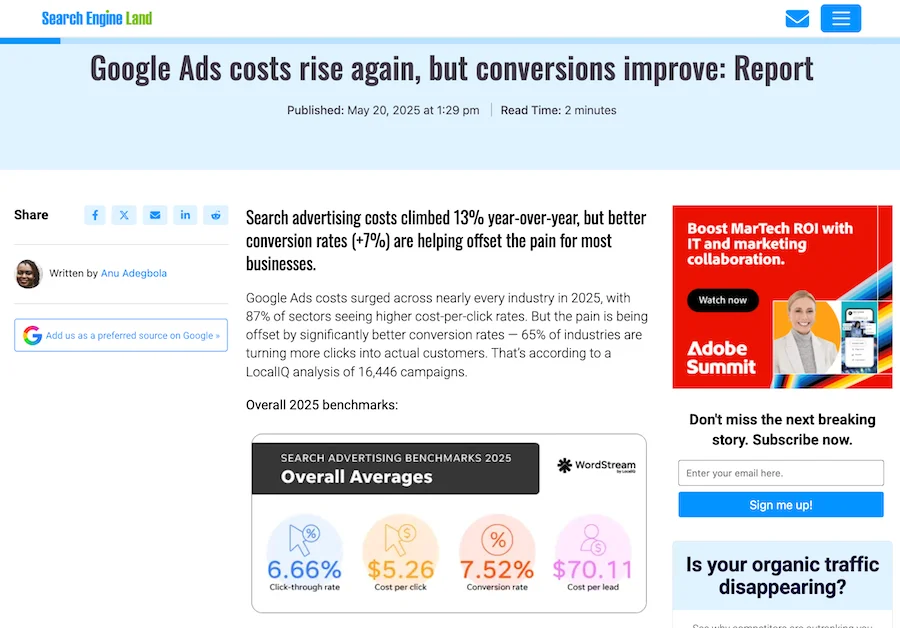
WordStream’s Google Ads benchmarks were featured in this article on Search Engine Land.
These studies show how both small and large brands can use internal data to establish authority and become a trusted source for AI systems and search engines.
Mistake to avoid
Do not post raw spreadsheets or isolated numbers. Present your data visually, explain what it means, and give readers a reason to trust and share it.
🤖 Want to use AI the right way? Free download >> The Complete Guide to AI for Marketing
4. Schema-driven content experiences
Structured data is the bridge between your content and how AI interprets it. Schema markup tells search systems exactly what a page contains (whether it’s a review, a how-to guide, a product, or an FAQ). Pages with accurate schema are easier for AI and Google to feature in Overviews, rich snippets, and voice search.
For SMBs, schema can turn an ordinary service page into one that generates multiple entry points in search. Local businesses that add structured data for reviews, service areas, or pricing are more likely to appear in rich results and Google’s “People Also Ask” features.
How to use schema to optimize for AI search
- Add schema for FAQ, HowTo, Article, Product, and Event.
- Apply structured data to videos and reviews for better cross-format visibility.
- Validate markup using Google’s Rich Results Test.
- Track results in Search Console under Enhancements.
- Include author and organization schema to reinforce expertise and trust signals (EEAT).
Real-world examples
- REI’s Expert Advice library uses HowTo and Product schema so its outdoor gear guides appear in rich results and shopping carousels.
- Service-based SMBs such as local plumbers and electricians that add FAQ schema to service pages often appear in “People Also Ask” boxes for local intent queries like “how much does drain cleaning cost.”
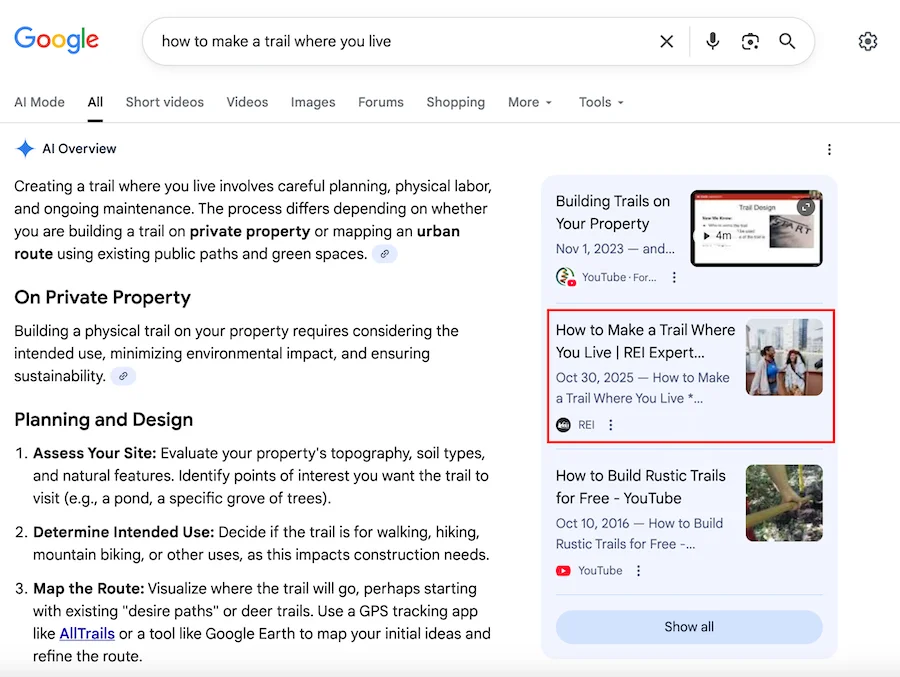
Mistake to avoid
Do not apply every schema type blindly. Choose markup that genuinely improves machine understanding and user experience instead of treating it as a checklist item.
5. Query fan-out (AKA winning the “next question”)
Query fan-out describes how one search now expands into several related follow-up questions inside AI interfaces. A single query can lead to five or more secondary questions, and each one represents another opportunity for your brand to appear.
If your content connects these related questions through internal links and structure, you can occupy multiple positions across the same search journey.

A healthcare provider might create content around flu shot guidance for specific groups to help answer questions like this one.
How to use query fan-out to optimize for AI search
- Use tools like AlsoAsked, AnswerThePublic, or Perplexity to identify common follow-up questions.
- Build topic clusters that tie together conceptually related topics.
- Add “Related Questions” or “You Might Also Ask” sections at the end of articles.
- Monitor impressions for those secondary queries in Google Search Console.
Real-world examples
- Moz’s Beginner’s Guide to SEO remains a top example of content that ranks for multiple follow-up questions like “how SEO works” and “how to rank on Google.” Its structure naturally supports AI’s fan-out logic.
- Mailchimp’s Marketing Glossary uses interlinked definitions that appear in multiple “related question” snippets, allowing Mailchimp to surface across dozens of marketing queries.
- Shopify’s Learn Hub connects tutorials, product pages, and FAQs so it appears repeatedly across AI follow-ups for e-commerce-related searches.
Mistake to avoid
Avoid publishing standalone articles that never link to each other. AI systems favor sites with clear topic depth and relational context over isolated pieces of content.
How to integrate these formats into your SEO strategy
Adding video or schema in isolation will not make your SEO future-proof. The goal is to build a connected system that links these formats to clear business objectives.
Follow these steps to integrate effectively:
- Audit your content library. Identify text-heavy pages that are easily summarized by AI and mark them for enhancement. (Use our content audit template to help.)
- Prioritize your best performers. Add multimedia or interactivity to URLs that already rank or attract backlinks.
- Repurpose intelligently.
- Blog → short video tutorial
- Research → infographic or dashboard
- Guide → downloadable checklist or template
- Align formats with intent.
- Videos work best for awareness and education.
- Tools and calculators excel in the evaluation and conversion stages.
- Data visuals and research drive authority and backlinks.
- Measure performance early. Track metrics like impressions, watch time, and tool usage alongside conversions.

This Montessori school has a blog post, a YouTube video, and a downloadable checklist on how to choose the right school.
How to measure content success in AI search
As AI shifts search behavior, traditional metrics like clicks and click-through rates (CTRs) are no longer enough. The new indicators of success are visibility, engagement, and assisted conversions.
Visibility
Use Google Search Console to track impressions and average positions for pages with multimedia or structured data. If impressions increase even when clicks decline, your visibility is still expanding.
Engagement
Monitor metrics in GA4 and YouTube Analytics:
- Average watch time for videos
- Completion rates for calculators and tools
- Scroll depth on multimedia articles
- Repeat visits from engaged users
These signals show whether your content is resonating beyond the initial view.
Attribution
Check assisted conversions in GA4 to see where users who first encountered your content through AI eventually convert. Visibility often drives conversions indirectly through brand recall and trust.
AI presence
Test your brand visibility in AI-powered results. Search for your own topics within Google’s AI Overview, Perplexity, and ChatGPT’s browsing mode. Record how your brand is represented and whether it appears as a cited source.
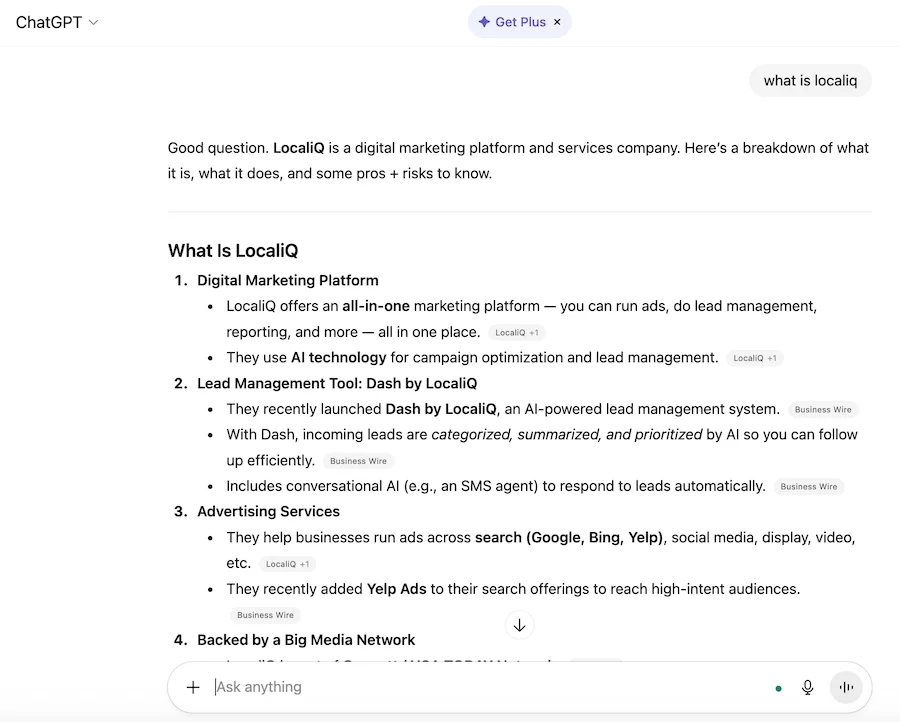
These manual checks are an early version of “AI share of voice,” which will soon become a formal metric across SEO platforms.
How to future-proof your content strategy for AI
Generative search is becoming multimodal by design. The next evolution of search will blend text, visuals, video, and structured data into single, conversational experiences. To stay ahead:
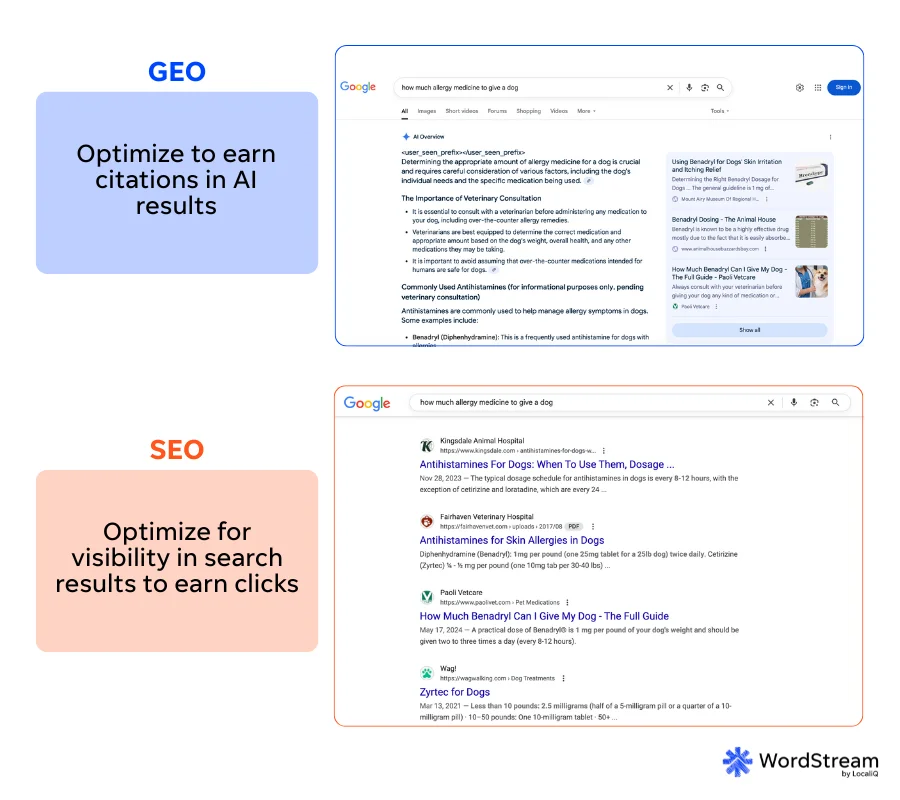
- Create assets that provide experiences, not just information. A well-built tool, video, or visualization is impossible to summarize completely.
- Distribute across multiple platforms that AI references frequently, such as YouTube, GitHub, Reddit, or Medium.
- Repurpose strong assets into multiple formats so they appear across different discovery channels.
- Review AI visibility quarterly and adapt based on which formats consistently surface your brand.
The brands that succeed will be those that create content ecosystems too unique, too structured, and too interactive to be replaced by AI summaries.
Adapt your content strategy for AI search
Search is no longer about blue links. AI now rewards content that educates, demonstrates, and interacts. If your content can be summarized, it will be. If it cannot, it wins.
Audit your top-performing pages this month. Add a video where readers tend to stop. Visualize your best data. Build a simple calculator that helps your audience take action.
By making your content more experiential and structured, you are not only adapting to AI search—you are positioning your brand to lead it.









